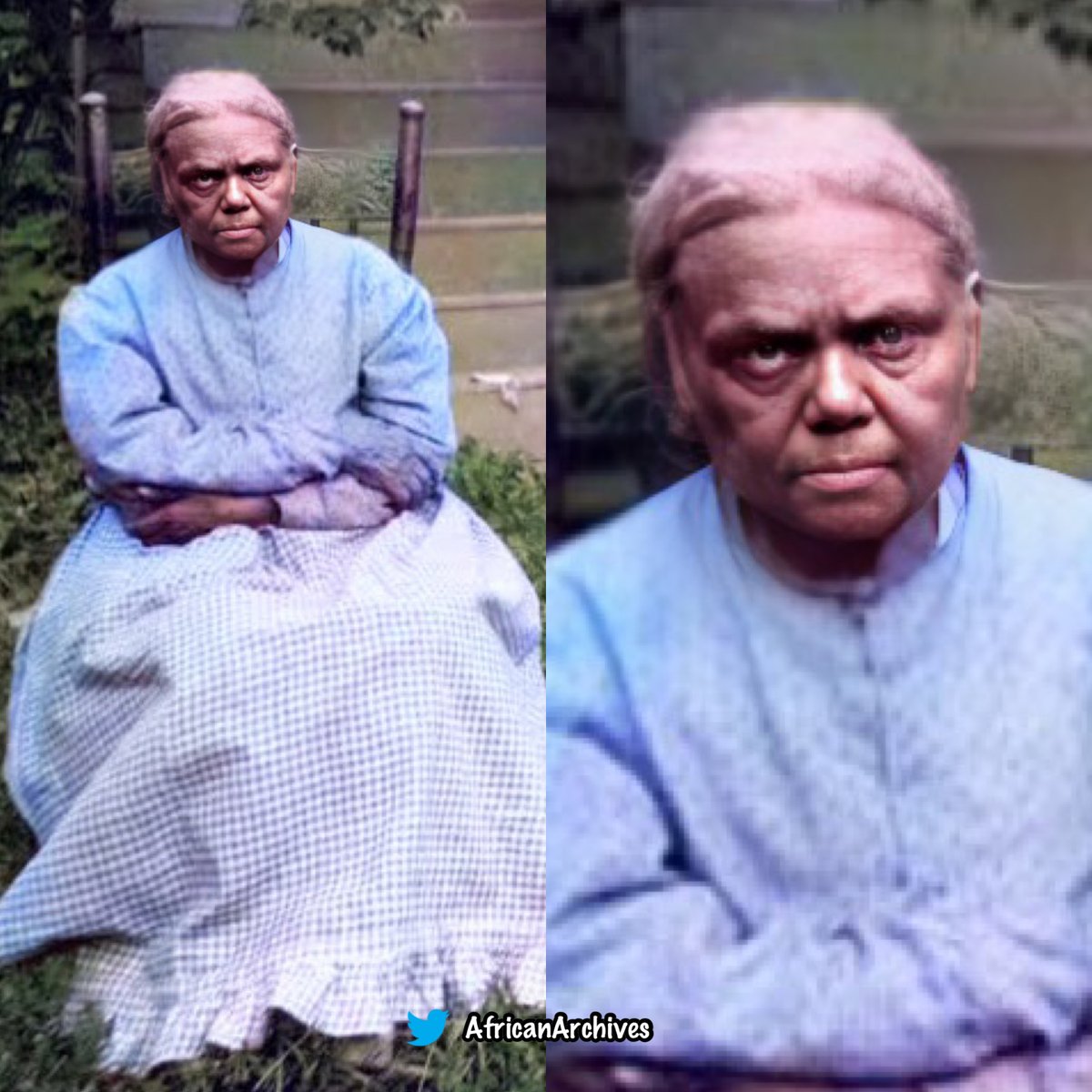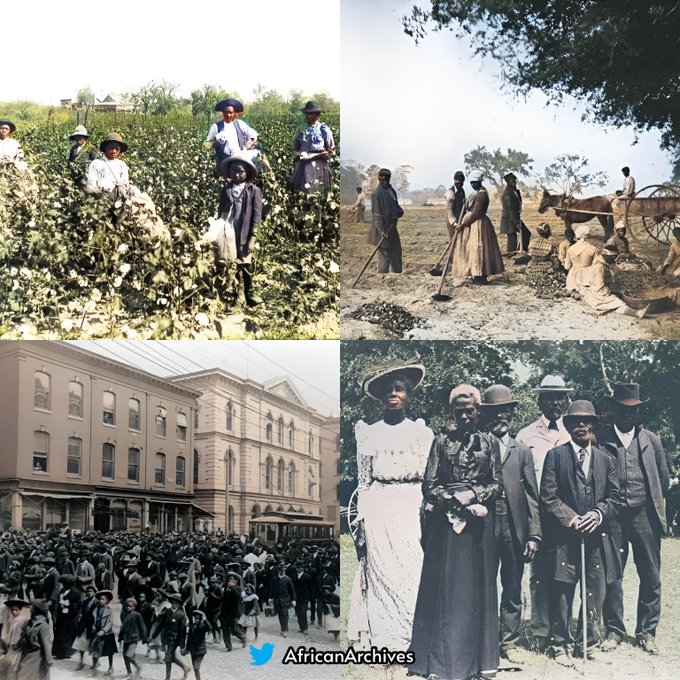Scottsboro Boys were 9 black teenagers falsely accused in 1931 of raping 2 white women on a train and an all white jury found them guilty. They collectively served more than 100 years in prison.
The right of blacks to serve on juries was established by their case.
A THREAD
The right of blacks to serve on juries was established by their case.
A THREAD

On March 25, 1931, nine African American teenagers were accused of raping two white women, Victoria and Ruby, aboard a Southern Railroad freight train in northern Alabama. 

Haywood Patterson, Olen Montgomery, Clarence Norris, Willie Roberson, Andy Wright, Ozzie Powell, Eugene Williams, Charley Weems and Roy Wright were searching for work when a racially-charged fight broke out between passengers. 

The fight is said to have started when a young white man stepped on the hand of one of the Scottsboro Boys. The young white men who were fighting were forced to exit the train. Enraged, they conjured a story of how the black men were at fault for the incident.
By the time the train reached Paint Rock, Alabama, the Boys were met with an angry mob & charged with assault. Victoria and Ruby, who were also in the train, faced charges of vagrancy & illegal sexual activity. In order to avoid the charges, they falsely accused the Boys of rape.
The original cases were tried in Scottsboro, Alabama. Only four of the young African American men knew each other prior to the incident on the freight train, but as the trials drew increasing regional and national attention they became known as the Scottsboro Boys. 

On April 9, 1931, eight of the nine young men were convicted and sentenced to death. The judge granted Roy Wright, the youngest of the group, a mistrial because of age—despite the recommendation of the all-white jury. 

After this initial verdict, protests emerged in the north, leading to the U.S. Supreme Court overturning the convictions in 1932, in Powell v. State of Alabama. The Supreme Court demanded a retrial on the grounds that the young men did not have adequate legal representation.
A series of retrials and reconvictions followed, the Boys collectively served more than 100 years in prison. 

You can support my history page/project here through donations/tips to keep up on: ko-fi.com/africanarchives
• • •
Missing some Tweet in this thread? You can try to
force a refresh

















